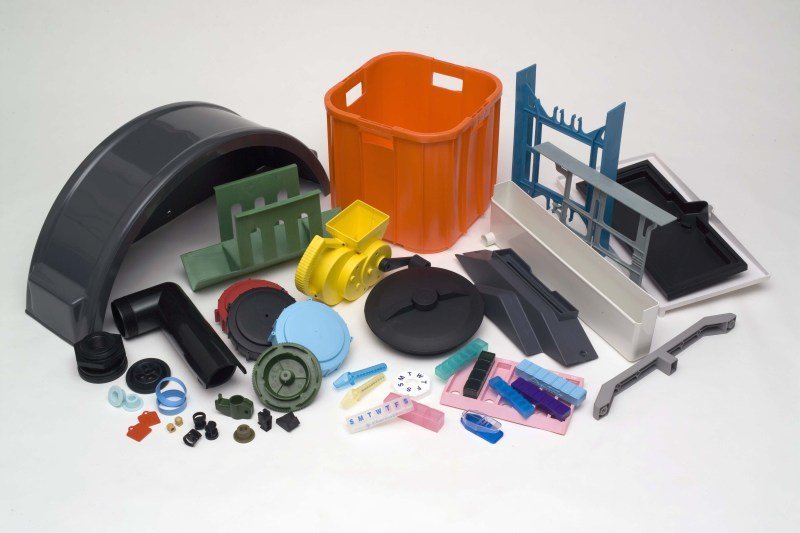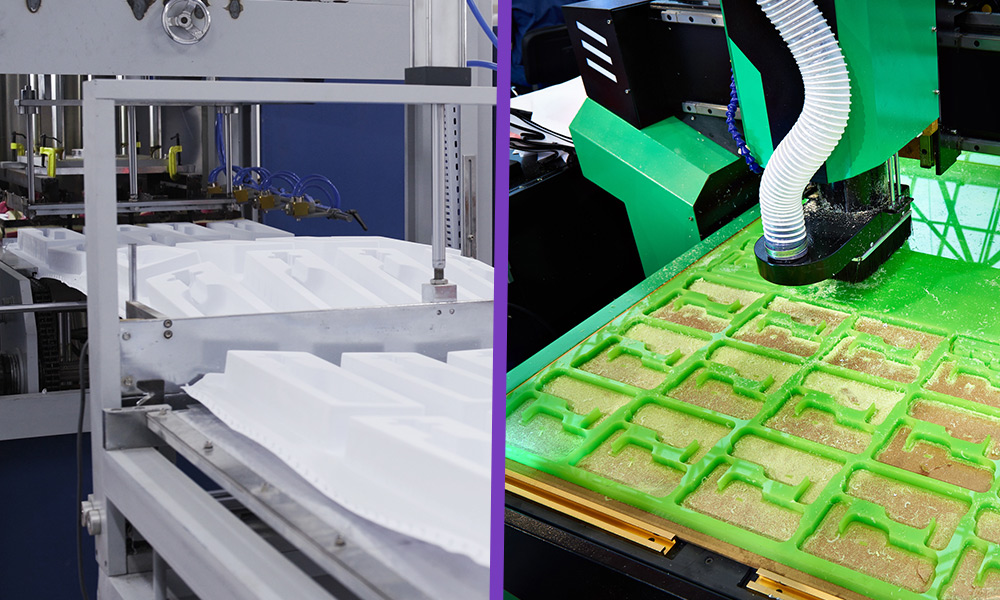Exactly How Plastic Injection Molding Ensures Uniformity and Precision in Production
Exactly How Plastic Injection Molding Ensures Uniformity and Precision in Production
Blog Article
Comprehending the Basics of Plastic Shot Molding Procedures
Plastic shot molding serves as a keystone of contemporary manufacturing, supplying a systematic approach to producing complicated components with accuracy. This procedure not just includes the basic steps of melting and injecting materials into mold and mildews yet additionally entails a nuanced understanding of numerous influencing variables, such as temperature and stress. As sectors significantly demand efficiency and top quality, the intricacies of this method become much more critical. Checking out these important aspects might disclose how even minor adjustments can result in significant improvements in production outcomes, raising concerns about the potential for technology in this established procedure.
What Is Plastic Shot Molding?
Plastic shot molding is a widely used manufacturing process that transforms thermoplastic and thermosetting products into accurate and complicated shapes. This strategy is favored for its capacity to generate high quantities of similar get rid of outstanding accuracy, making it an important method in numerous industries, consisting of auto, consumer products, and clinical devices.
The process involves melting the selected plastic material and injecting it into a mold and mildew under high pressure. The mold, made to the specs of the wanted part, permits the molten plastic to take shape as it solidifies and cools. As soon as the material has actually set, the mold is opened, and the finished part is expelled.
Plastic shot molding offers numerous advantages, including decreased waste, consistency in manufacturing, and the capacity to include detailed layouts that may be challenging with other producing techniques. In addition, it sustains a wide series of products, each offering distinct residential properties that can be customized for details applications. As industries continue to innovate, plastic injection molding remains at the forefront, enabling the advancement of sophisticated products that meet progressing customer demands.
The Injection Molding Refine
The shot molding procedure is an advanced method that includes numerous crucial stages to produce top quality plastic elements. Plastic pellets are fed right into a heated barrel where they are thawed into a viscous liquid. This molten plastic is then injected under high stress right into a precision-engineered mold, which forms the product into the wanted type.
When the mold is loaded, the plastic is enabled to cool and solidify, taking the shape of the mold and mildew cavity. Cooling time is essential, as it influences the cycle time and the final homes of the molded part. After sufficient air conditioning, the mold opens up, and the completed component is expelled using ejector pins.

Products Made Use Of in Shot Molding
Numerous materials can be made use of in the shot molding procedure, each offering one-of-a-kind homes that provide to certain applications. One of the most commonly used materials consist of thermoplastics, thermosetting plastics, and elastomers.

Thermosetting plastics, like epoxy and phenolic materials, undertake a chemical modification throughout the curing process, causing a stiff, stringent framework. These materials are ideal for applications calling for high heat resistance and structural stability, usually used in additional info automobile parts and electric insulators.
Elastomers, consisting of silicone and rubber-based materials, provide versatility and strength. Their unique residential properties make them appropriate for applications that demand flexibility, such as seals and gaskets.
Furthermore, specialty products like bio-based plastics and compounds are gaining grip for their environmental benefits and improved performance characteristics, expanding the extent of shot molding applications in numerous sectors. Recognizing the residential properties of these products is critical for selecting the suitable kind for certain tasks.
Benefits of Shot Molding
Injection molding attracts attention as an extremely reliable manufacturing process that offers various advantages for creating complicated parts with precision. One of one of the most considerable benefits is the ability to develop elaborate designs that would certainly be tough or difficult to achieve with other approaches (Plastic Injection Molding). The procedure enables comprehensive features and limited tolerances, guaranteeing top notch elements
Additionally, shot molding is understood for its quick production capabilities, making it an ideal selection for high-volume production. When the mold is developed, parts can be generated quickly, reducing preparations and enhancing total performance. This effectiveness not only reduces production expenses yet likewise provides an affordable edge in the market.
The convenience of materials made use of in injection molding further boosts its allure. A vast array of thermoplastics and thermosetting polymers can be used, allowing suppliers to pick products that finest meet their specific requirements, consisting of stamina, warmth, and flexibility resistance.
Additionally, the process reduces waste, as excess product can frequently be recycled and recycled. This sustainability facet adds to a minimized environmental influence, making injection molding an accountable production option. Overall, the advantages of injection molding make it a favored approach for lots of industries.
Factors Impacting Item Quality
While many variables can affect product top quality in injection molding, recognizing these components is essential for accomplishing optimum results. Secret elements consist of material selection, processing parameters, and mold and mildew design.
Material selection plays a vital role, as different polymers display special residential or commercial properties that influence flowability, strength, and thermal stability. Inadequate product choice can bring about defects such as bending or insufficient dental filling.
Processing specifications, including stress, temperature, and cycle time, should be carefully regulated. Variations in these setups can lead to variances in part dimensions and surface area coating. As an example, excessively heats might trigger deterioration of the polymer, while insufficient pressure can lead to short shots.
Mold layout is just as essential, as it determines the flow of the molten plastic and the cooling procedure. Badly designed mold and mildews might bring about unequal cooling prices, leading to residual anxieties and dimensional mistakes.

Final Thought
Finally, plastic shot molding serves as an important production process that allows the efficient production of top quality components. Mastery of the injection molding process, including the understanding of materials and the impact of numerous variables on product high quality, is necessary for attaining ideal results. The benefits of this method, such as cost-effectiveness and design adaptability, additional emphasize its value throughout click here to find out more several industries, strengthening its standing as a favored choice for high-volume production.
Plastic shot molding serves as a cornerstone of modern-day manufacturing, providing a methodical method to producing complex components with precision.Plastic shot molding offers numerous benefits, including reduced waste, uniformity in production, and the capability to integrate detailed styles that may be testing with other manufacturing techniques (Plastic Injection Molding). As sectors continue to introduce, plastic injection molding stays at the center, making it possible for the advancement of innovative products that satisfy evolving consumer demands
The shot molding procedure is an advanced technique that entails a number of vital phases to generate premium plastic parts.In final thought, plastic shot molding serves as a critical production procedure that enables the reliable production of high-grade components.
Report this page